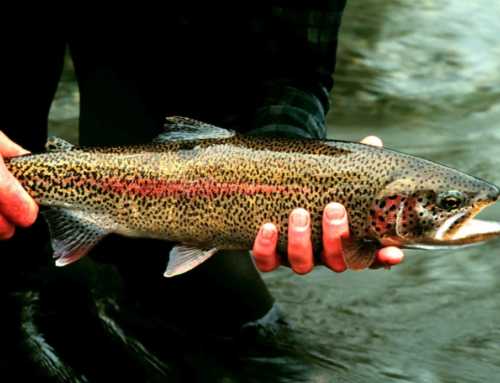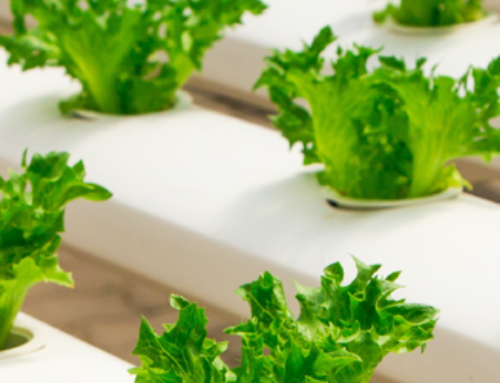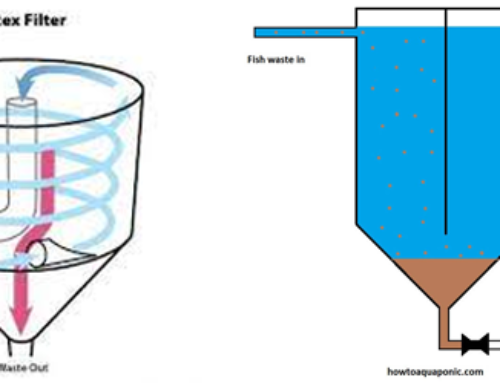Just as disease could break into poultry farm and destroy a whole farm, so can there be a major outbreak that could lead to great loss in a fish farm.
However, Fish Farming Risks is not a good reason to run away from fishery business.
Fish farming risks can be categorised into Pure risks and Business risks.
Pure risks are those that arise due to unexpected circumstances such as theft, outbreak of diseases, unexpected extreme climatic factors, malicious damage, legal actions against the farm etc. Examples of extreme climatic risks are flooding, drought and deposition of silt. Flooding, for instance, can result in physical destruction of ponds, loss of fish, and the introduction of pathogens or predators through floodwater. Deposit of silt causes turbidity, which harms aquatic life by degrading spawning beds and affecting gill function, as well as reducing light penetration and level of photosynthesis.
Business risks are those directly affecting the fish production process, and the commercial business of fish farming. They include production risks such as faulty equipment, late delivery of feed, lack of technical information and expertise, unfavourable government policies, changes in operational costs, in addition to market related risks such as poor quality of fish, and consumer-related risks like change in the taste of consumers, competition from alternative commodities, and health factors.
Irrespective of the nature of the risks your farm is exposed to, each has the potential to impact negatively on your investment. Therefore, it is necessary to ensure standard of farming that guarantee returns on investment by reducing the likelihood of negative impact on your fish farm.
- Undertake regular inspection on fish farming facilities. It is possible for infrastructure to break down unexpectedly; so it is very important to inspect ponds regularly for damages to prevent the sudden collapse of ponds.
- Monitor water coming into your ponds to make sure that the quality is healthy for the fish and can sustain aquatic life.
- Equipment used within the farm to handle fish must be disinfected regularly to avoid transmission of disease-causing agents. Transfer of nets from pond to pond must be spaced out as much as possible.
- Proper management techniques such as control of stock density and nutrition that minimizes the stress of fish and maintains healthy populations in the ponds should be employed.
- When selecting a pond site, special consideration should be given to topography in order to minimize costly soil removal. The pond site should be located in a flat, well-vegetated drainage basin land, ideally above the flood plain to prevent flooding and washing away of the farm during heavy rains.
- Careful monitoring and observation of fish behaviour for any irregularity (e.g. fish off feed, erratic swimming) will provide sufficient warning that a problem is looming.
- Be sure to insure your fish farm. Knowing that fish farming is a highly profitable but risky business, the best you can do is to minimize the impact that risks have on the financial stability of your business.
- Remember that fish farming is a business that involves risks that need to be managed. Whether you are new to fish farming or you are an experienced fish farmer, it is necessary to manage the risks involved in fish farming. An insurance policy protects your farm from the impact of loss that may be sustained in the event of unanticipated disasters. With an insurance policy, you can manage your fish farm without the fear of risks.





